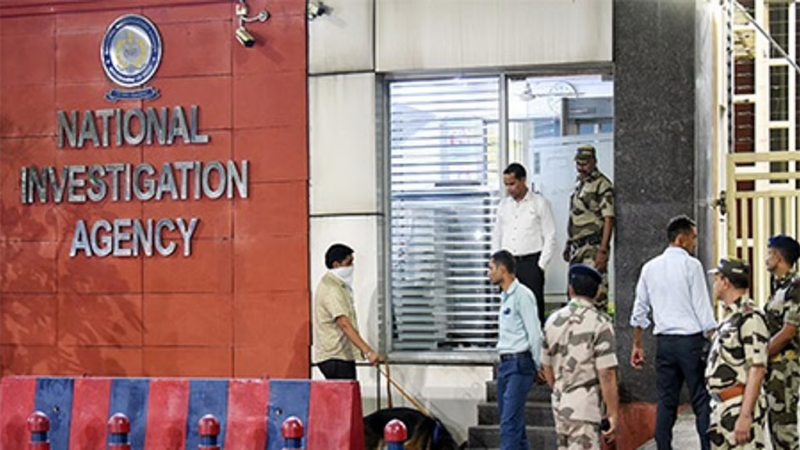Pakistan’s economic crisis result of supporting terrorism, faulty policies: Report

Pakistan has emerged as a case study in the political economy of how societies that foster extremism, engage in state-sponsored terrorism, lack a strategy for growth and development, and show complete contempt for the well-being of its common inhabitants inevitably fall.
The result of decades of Pakistan’s flawed policies is the country’s current economic disaster. It’s turned into a nation at war with itself. It has hardly ever prioritised long-term economic progress, instead displaying shortsightedness in conducting a war, direct or proxy, with its neighbour by supporting and patronising extremism and militancy in the name of jihad, according to Asian Lite.
With bankruptcy looming around, Pakistan is seeking a $7 billion bailout package from the IMF to prevent the collapse of the state seeking help in a do-or-die situation. While the IMF delegation is visiting Pakistan, tough times are ahead for Pakistan. To secure this loan, Pakistan will have to undertake very unpopular austerity measures including cutting subsidies drastically and bringing in market reforms, the report.
The report quoted a statement issued by rating agency Moody’s which highlighted “country’s ability to afford its own debt is one of the weakest among the sovereigns.”
The debt servicing obligations in Pakistan is USD 15.5 billion in 2023. The report claimed that the interest payment obligation of Pakistan alone is half the country’s revenue this year which is 25 per cent higher than in 2022. The condition is such that the external debt rose from USD 66 billion in FY17 to over USD 100 billion today, according to the Asian Lite report.
Asian Lite reported a report from the UNDP that stated that Pakistan is facing a debt of over USD 250 billion, far in excess of the carrying capacity of the Pakistani state, and that it must repay a debt of USD 33 billion by 2023. The problem is getting worse due to the Pakistani Rupee’s persistent decline, which saw it hit a record low of 267.48 to the dollar.
Millions of people in the country are being forced into poverty and malnutrition as a result of this severe economic setback, which also makes it impossible for the nation to import necessities. The decrease in the nation’s foreign exchange holdings is concerning. Its current USD 3.67 billion, the lowest amount since 2014, is only enough to fund three weeks’ worth of imports.
The crisis in Pakistan worsened due to a combination of many factors including its faltering GDP growth, global economic slowdown, rising global inflation owing to the Ukraine war, plunging Pakistani rupee making imports costlier, compounded by a catastrophic flood which caused massive destruction affecting over 33 million people, the report by Asian Lite claimed.
The report claimed that the current slump in the economy of the country is because of its own. Due to the culmination of decades of faulty policies and supporting extremism and terrorism. It has hardly ever focused on long-term economic growth and showcased short-sightedness in waging a war, direct or proxy, with India.
Innocent people and law enforcement personnel are being killed as a result of the growth of terrorist organisations like Tehreek-e-Taliban Pakistan, which was supported by Pakistan’s army and intelligence agency ISI. This war is being waged against the Pakistani state itself.
Its shortsighted policy choices that led to excessive spending on non-developmental and financially unviable projects are blamed for the current economic crisis. Pakistan’s fiscal and monetary policies have not undergone structural or economic reforms, and corruption and nepotism are rampant in the country’s economy.






